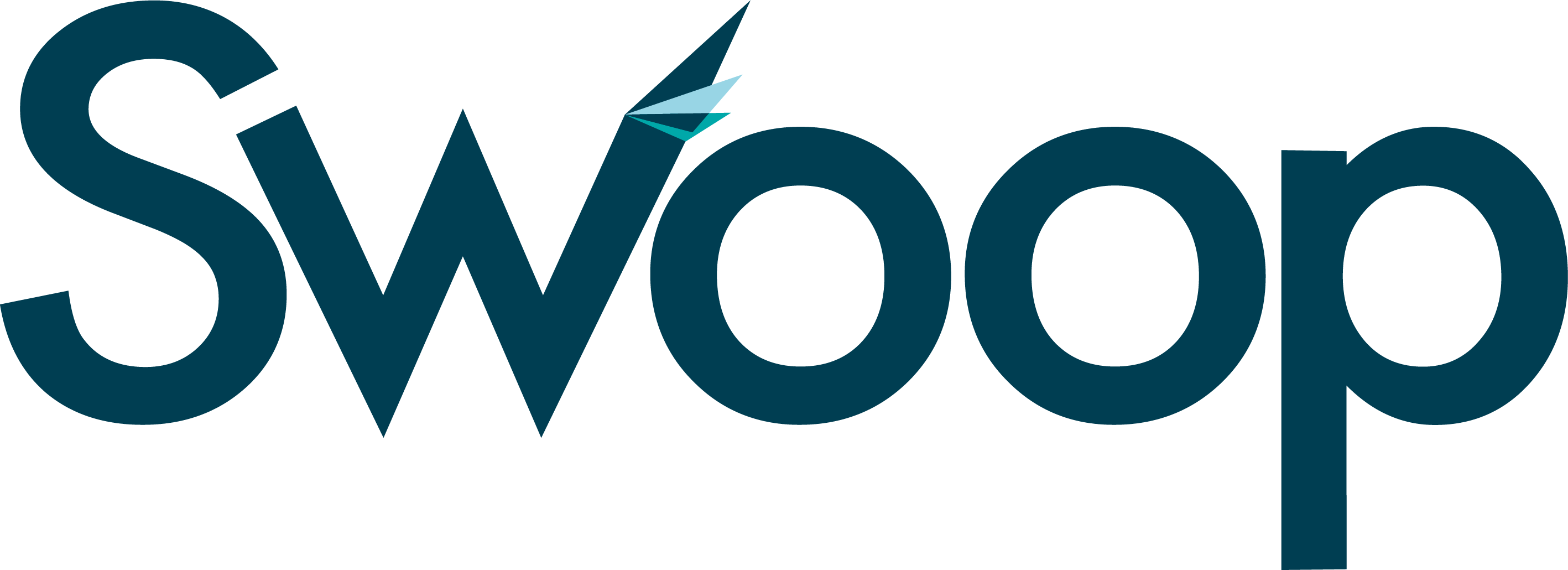
Some alternative lenders can go down as low as 550, such as Journey Capital (which we called to ask about their minimums). Lenders who accept lower credit scores tend to focus more on your business performance rather than just your personal credit.
5. Collateral (Sometimes)
Traditional banks may ask for collateral to qualify for financing, like company’s equipment or property, to secure the loan. However, many alternative lenders in Canada offer unsecured loans, which means no collateral is needed. Shop around!
6. Business Plan
More common request by traditional banks and credit unions, although many types of lenders want to understand how you plan to use the loan and ensure you can repay it. You might need to provide a business plan, especially if you’re seeking a larger loan or applying through a traditional bank.
7. Documentation
Traditional banks and credit unions tend to request the most documents, while alternative lenders, like Swoop, generally ask for minimal paperwork. Some will even just ask for financial statements for the past 3 to 6 months to see how much cashflow and revenue your company is working with.

In any case, while shopping around for the best rates and terms, have all these documents ready to submit:
- Financial statements (profit and loss statements, balance sheets)
- Bank statements
- Tax returns (personal and business)
- Proof of business ownership (business license, articles of incorporation)
8. Personal Guarantee
In some cases, like with the BDC, lenders may ask for a personal guarantee in order to qualify for a loan with them, meaning you’ll be personally responsible for repaying the loan if your business can’t. This tends to give you better rates, but also means your assets are potentially liable for the loan, so be careful and weigh the pros and cons carefully before deciding if you are going to accept a secured loan.

➔ Stressed about your debt load? Put off getting another loan. In the meantime, consider debt relief. You may be eligible for up to 50% debt relief from Consolidated Credit Canada. ➔ Declined financing by traditional banks? Enlist the help of Swoop Funding. (Be prepared for higher rates)
Conclusion – Where to Start?
The first place you want to go to when you need a loan is your local bank or credit union. These financial institutions generally (although not always) will offer you the best rates and terms for your loan.
That said, it’s in your best interest (no pun intended) to shop around and call different lenders to compare. And, as always, consider boosting your credit score through help from organizations like Consolidated Credit Canada.
Also, if you’re a startup or a small business that needs funding, you might be eligible for government-backed loans like the Canada Small Business Financing Program (CSBFP), which offers loans of up to $1 million with more flexible requirements. Some provincial programs are also available in provinces like BC, Alberta, Ontario and others. You want to check with those to see if you qualify.
In short, qualifying for a business loan in Canada depends on your business’s revenue, your personal and business credit, and how long you’ve been in operation. Be sure to have your financials in order and choose a lender that matches your business stage—whether that’s a bank or an alternative lender like BDC, Merchant Growth, or others.


